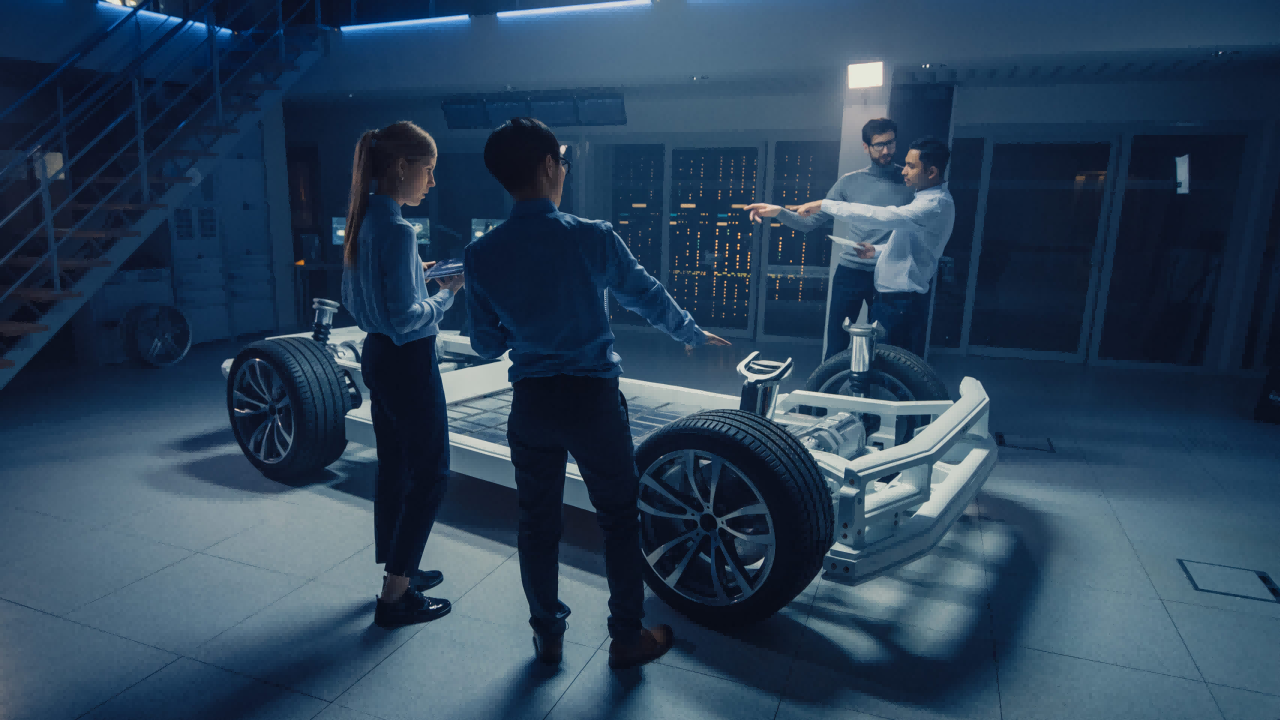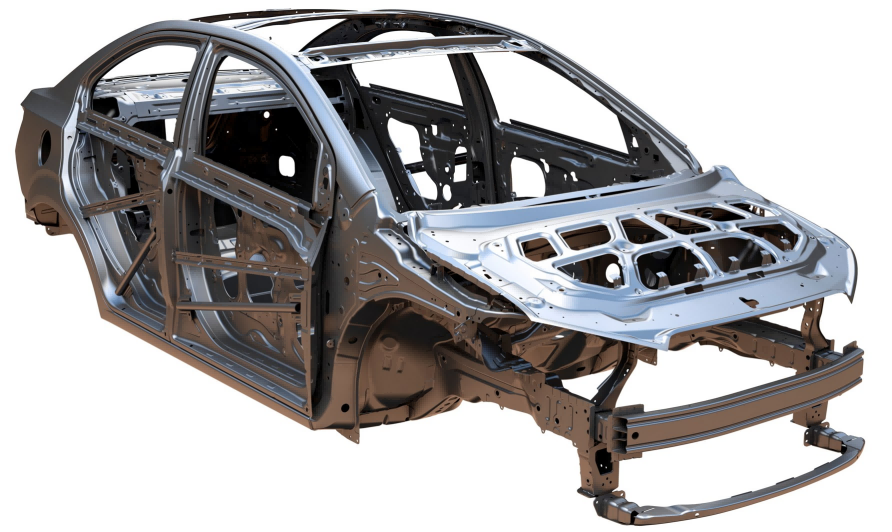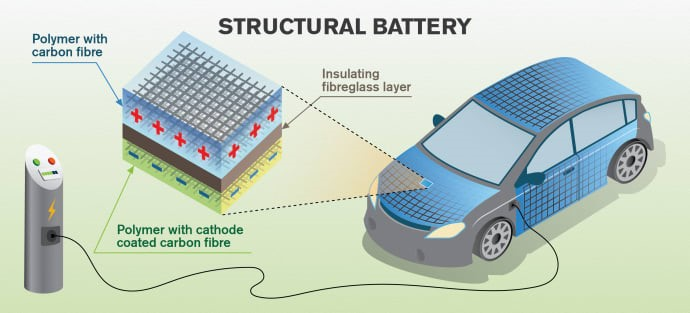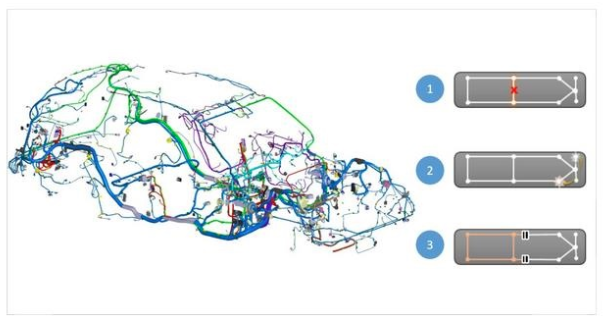
The automobile industry has been constantly pushing towards enhancing automobile features to meet increasing mileage and emission requirements. This is being approached through the use of innovative materials and manufacturing processes. The major approaches towards achieving these objectives include reducing aspects such as aerodynamic drag, driveline and transmission losses, tire rolling resistance, and vehicle weight. Among these, reducing vehicle weight seems to be the most cost-effective. OEMs are now gearing up towards light-weighting a vehicle in order to increase performance and efficiency while decreasing emissions and maintaining safety and comfort. Global efforts towards CO2 reduction and fuel optimization have given impetus to the current concept of Lightweight Vehicles.
汽车工业一直在不断地推动汽车性能的提升,以满足日益增长的行驶里程和排放要求。这是通过使用创新材料和制造工艺来实现的。实现这些目标的主要方法包括减少空气动力阻力、传动系统和传输损失、轮胎滚动阻力和车辆重量等方面。其中,减轻车辆重量似乎是最具成本效益的。为了提高车辆的性能和效率,同时减少排放,并保持安全性和舒适性,整车厂现在都在朝着轻量化方向发展。全球致力于减少二氧化碳和优化燃料的努力推动了目前轻量化汽车这一概念。
For an average automobile, the weight contributed by individual components such as chassis, powertrain, body and other exterior components is approximately 80% of the total weight. Hence, most of the automakers and OEMs are focusing on such components to achieve overall weight reduction. Studies are being conducted to identify materials that can solve the critical issue of component weight. According to information sources, approximately 10% reduction of vehicle weight contributes to 6-8 % reduction in fuel consumption and 5-6% in emission volume reduction. Though not a huge number, in the growing competitive market, these figures can hugely add to the OEM’s market promotions.
对于一辆普通汽车来说,底盘、动力总成、车身和其他外部部件等单个部件的重量约占总重量的80%。因此,大多数汽车制造商和整车厂都将重点放在这些组件上,以实现整体减重。目前正在进行研究,以确定能够解决元件重量这一关键问题的材料。根据信息来源,车辆重量减少约10%,可减少6- 8%的燃油消耗和5-6%的排放量。虽然不是一个巨大的数字,但在日益激烈的市场竞争中,这些数字可以大大增加OEM的市场推广。
While Powertrain electrification has already helped achieve vehicle weight reduction by partially or totally eliminating ICE (Internal Combustion Engines) practical challenges such as meeting long-range, efficiency and safety still exist. For a BEV (Battery operated Electric Vehicle), the regular lithium-ion, lead–acid, nickel–metal hydride batteries that act as primary sources of energy will contribute to significant vehicle weight and can be considered as a target component for further study on weight reduction. Manufacturers are looking at alternate materials for long-range batteries. Aluminum- and zinc-air batteries are cheaper, lighter and safer than conventional batteries.

虽然动力系统电气化已经部分或完全消除了内燃机(ICE),从而帮助车辆减轻了重量,但满足远程、效率和安全性等实际挑战仍然存在。对于纯电动汽车(BEV)来说,作为主要能源来源的常规锂离子、铅酸、镍氢电池将对汽车的重量起到重要作用,可以作为进一步研究减重的目标部件。制造商正在寻找远程电池的替代材料。铝和锌空气电池比传统电池更便宜、更轻、更安全。
While discussions on improvements in current battery design and material compositions have been in progress, researchers at Sweden’s Chalmers University of Technology have come up with an innovative concept of “structural battery” using carbon fiber, which means a vehicle’s structure itself works as a battery if proper design parameters are achieved. The team is currently experimenting with ways to increase the composite thickness in order to overcome the mechanical challenges while boosting total energy storage capacity. The other innovations that are happening in the battery area are listed below:
结构电池—新概念
虽然有关改进当前电池设计和材料组成的讨论一直在进行中,但瑞典查尔默斯理工大学的研究人员提出了一种创新概念,即使用碳纤维的“结构电池”。这意味着,如果实现了适当的设计参数,车辆的结构本身就像电池一样工作。该团队目前正在试验增加复合材料厚度的方法,以克服机械方面的挑战,同时提高总储能能力。以下是电池领域正在发生的其他创新:

Lightweight cables 轻质电缆
The wiring technology inside an automobile is designed to withstand higher temperatures and deliver large currents to installed equipment. Currently the gross weight of electrical wiring in a conventional car is around 30Kg out of which 30% can be reduced using weight saving electric wires. Few weight reducing cables developed recently are:
· Aluminum alloy automotive wire
· Copper clad aluminum wire (CA) – Battery cables (Currently needed in EV and HEV vehicles)
· High strength wire cable – Signal lines (1/4th cross section to that of a conventional cable)
汽车内部的布线技术可以承受更高的温度,并向安装的设备输送大电流。目前,普通汽车的电线总重量约为30公斤,使用节省重量的电线可以减少30%。最近开发的几种减重电缆有:
- 铝合金汽车线材
- 铜包铝线(CA)- 电池线(目前EV和HEV车辆需要)
- 高强度线缆 - 信号线(截面是常规电缆的四分之一)

本文来源: Merton, SENIA编译,版权归原创作者及其机构所有,分享仅用于学习、交流,如有侵权请告知删除。